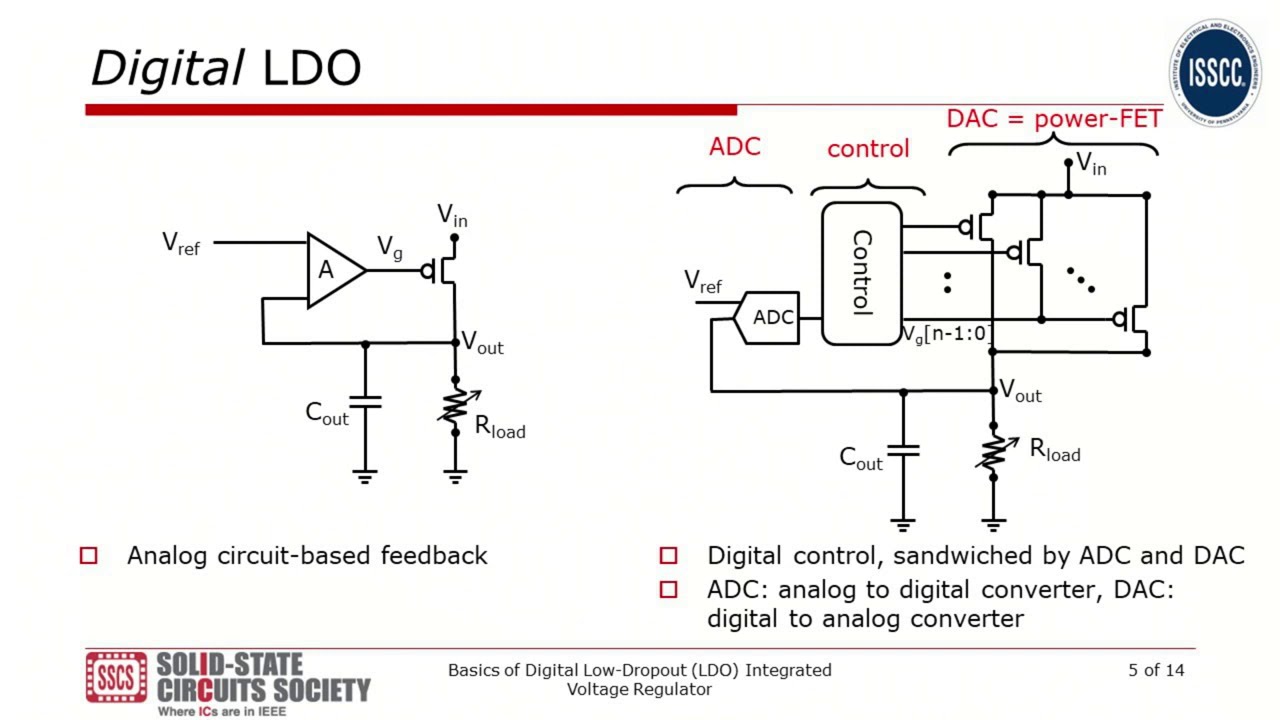
How to Use an LDO Voltage Regulator
Have you ever wondered how to efficiently regulate voltage for your electronic devices? Look no further than the LDO (Low Dropout) voltage regulator! In this guide, we’ll go over what LDO voltage regulators are, how they work, and how you can use them effectively in your projects.
What is an LDO Voltage Regulator?
An LDO voltage regulator is a type of linear regulator that is designed to regulate voltage with minimal power loss. It is called a “low dropout” regulator because it can maintain a stable output voltage even when the input voltage is only slightly higher than the output voltage.
How Does an LDO Voltage Regulator Work?
At its core, an LDO voltage regulator uses a feedback loop to adjust the output voltage based on the difference between the reference voltage and the output voltage. This feedback loop allows the regulator to maintain a constant output voltage regardless of changes in input voltage or current.
Using an LDO Voltage Regulator
Now that you understand what an LDO voltage regulator is and how it works, let’s discuss how you can effectively use one in your projects.
1. Choose the Right LDO Voltage Regulator
When selecting an LDO voltage regulator for your project, consider factors such as the input and output voltage requirements, maximum current rating, dropout voltage, and thermal considerations. Make sure to choose a regulator that meets the specific needs of your application.
2. Connect the LDO Voltage Regulator
Once you have selected the right LDO voltage regulator, connect it to your circuit using the appropriate wiring diagram. Make sure to follow the manufacturer’s recommendations for input and output capacitors, as well as any other necessary components.
3. Test the LDO Voltage Regulator
Before integrating the LDO voltage regulator into your final project, test it with a multimeter to ensure that it is functioning correctly. Verify that the output voltage is stable and within the specified range under various load conditions.
4. Monitor the LDO Voltage Regulator
Once the LDO voltage regulator is integrated into your project, monitor its performance regularly to ensure that it continues to operate within specifications. Keep an eye on the input and output voltages, as well as the temperature of the regulator to prevent overheating.
Conclusion
By following these steps, you can effectively use an LDO voltage regulator in your electronic projects to regulate voltage with minimal power loss and ensure stable operation. Experiment with different LDO voltage regulators to find the best option for your specific application and enjoy the benefits of efficient voltage regulation in your circuits.
Was this helpful?
0 / 0